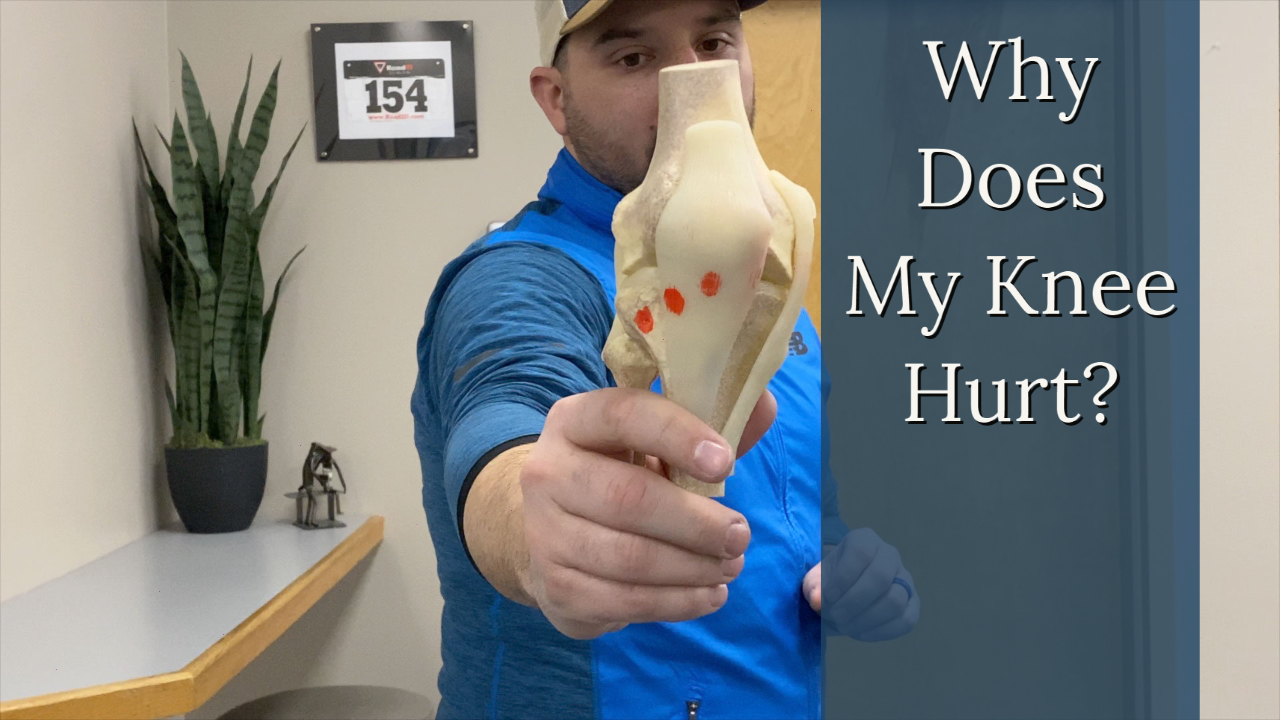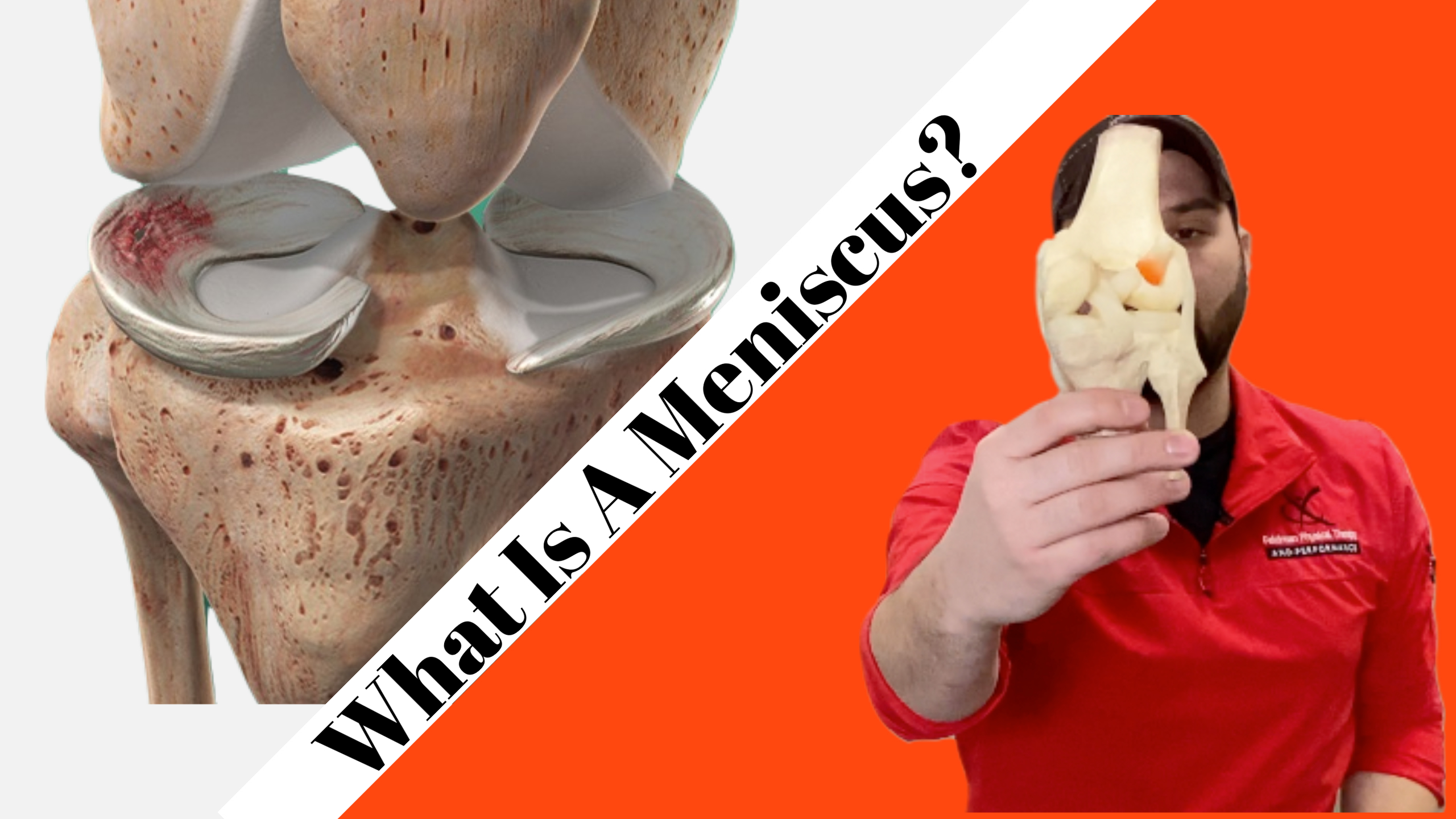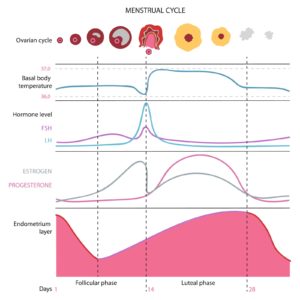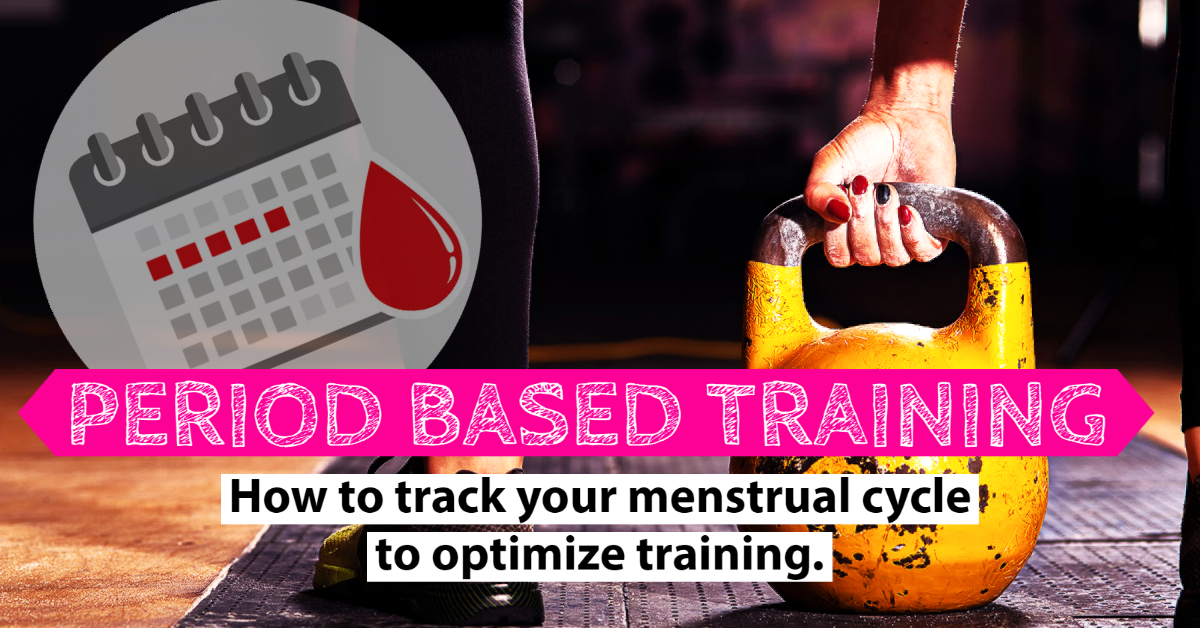
Knee Pain in Runners: The What and Why
March 13, 2021
What is a Meniscus Tear?
March 28, 2021Period Based Training
Use your menstrual cycle to optimize your training
Yes, folks, I’m talking about a woman’s period again. This time, in a different light.
If you’ve missed my older blogs about the importance of the menstrual cycle, check them out here.
LET’S CHAT TRAINING.
We all know working out through our periods can suck. Truth be told (by the research of course) that it may be one of the best times to push our bodies.
Did you know that we can optimize a woman’s training by monitoring the phases of the menstrual cycle & adjusting her training strategies? Sounds cool, right?
Until a few years ago, I had no idea this was a thing.
I never tracked my cycle or paid any attention to it. Now, I have 3 (yes three) apps on my phone that I use. I also found another that helps you plan training based on your cycle.
So, what is all this cycle science I’m chatting about? Let’s dive deeper.
One thing I should note before going on my tangent…. not all women are created equal. The average menstrual cycle length varies. For some, it may be 21 days and others 35 days. This all must be taken into consideration with what I will be talking about below.
Now, let’s get started.
For simplification purposes, I am going to chat about two phases of the menstrual cycle. The Follicular Phase (Pre-Ovulatory) and the Luteal Phase (Post-Ovulatory).
The Follicular Phase begins on the first day of your period and ends at ovulation. The Luteal Phase begins at ovulation and ends on the first day of your period. Ovulation (for a 28 day cycle) occurs approximately 12-14 days after menses begins.
So, why is this important? It’s all about the HORMONES cycling during each phase. We all know how much hormones can suck (especially during PMS). But did you know that they can be beneficial to our training?
Estrogen & Progesterone are two hormones that drive our menstrual cycle. They are also accompanied by Follicular Stimulating Hormone (FSH) and Luteinizing Hormone (LH) near ovulation. We will focus on the former two.

The figure on the right is based on a 28-day menstrual cycle (remember, cycles range from 21-35 days). As you can see, the Follicular Phase goes from day 1 to 14 and the Luteal Phase from 14-28.
On day 1 of the Follicular Phase (the first day of your period), there is a gradual rise in Estrogen. Upon ovulation, there is then a significant decline. As you can note, progesterone stays low.
In the Luteal Phase, a significant rise in Progesterone occurs. Estrogen stays low throughout the phase. If an egg does not get implanted, your hormone levels drop and release your uterine lining. If an egg does get implanted, your body releases more progesterone stopping your cycle!
So, how do hormones affect our performance?
Just as hormones affect our sex organs and drive our menstrual cycle, they affect other parts of our bodies as well.
This is why training at varying intensities and loads during parts of the menstrual cycle is beneficial to our health, wellness & success in sport.
So, let’s chat a little bit more about the effects of Estrogen & Progesterone on our bodies outside of the reproductive system.
Estrogen can:
- Increase blood glucose usage
- Increase your pain tolerance
- Increase tolerance to high-intensity exercise
- Improve recovery strategies
- Increase endurance
- Increase joint laxity
Progesterone can:
- Increase lipid storage
- Increase core body temperature
- Increase respiratory rate
- Increase heart rate
- Increase glycogen storage
- Decrease muscle hypertrophy
- Increase joint laxity
So how does this impact our performance? This all may seem a bit confusing… so let’s chat.
Once again, we need to remember all women are different.
Listening to a female & observing their energy levels, attitude, etc. during their cycle is important. However…
Believe it or not, research has shown that no matter what time during their cycle women can perform well. There are also studies showing that strength doesn’t change during the menstrual cycle, but recovery time & fatigue post-session DO.
Heck, there have been MANY Olympic athletes who have won gold medals during their period.
So how do we utilize this information when composing a training program for a female athlete?
In the Follicular Phase (yes, including your period), exercise should consist of higher intensities and loads. It is a time when you can experience big strength gains & have improved recovery. This is when we are thankful for the anabolic properties of estrogen! You will note a peak in performance and ability to perform better than you thought!
During the Luteal Phase when progesterone is rising, it is time to take a small step back. During this time, we note increased fatigue, decreased recovery, and increased difficulty. Progesterone causes our bodies to have a higher basal temperature, heart rate, and respiratory rate. What does this mean? Our bodies are already working harder! During this phase, exercise should continue, but at a lesser intensity. Keep loads consistent (don’t try to reach PR’s) or lower them. Decrease the intensity of your workouts and focus on recovery. Towards the end of this phase, you may begin to feel a bit better again, so listen to your body and go for it!
Let’s train smarter, not harder, ladies.
If you need advice on tracking your cycle, tune into the video below to catch my favorite apps to use to optimize your training! 🙂
If you have any questions on this topic, shoot me a message below!
Yours In Health,
Ashley





